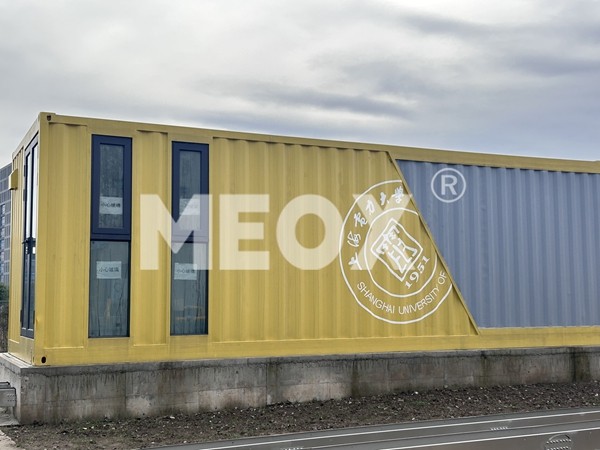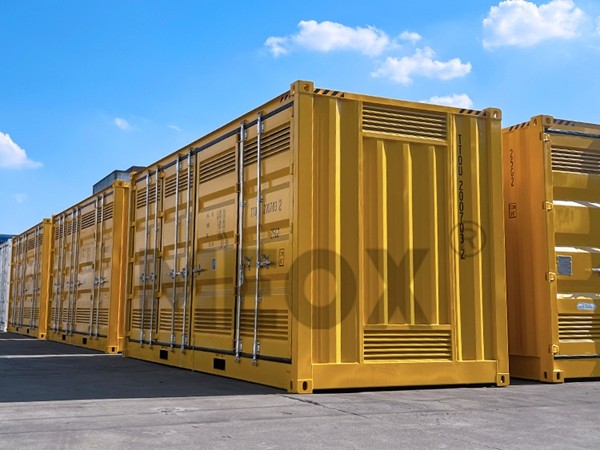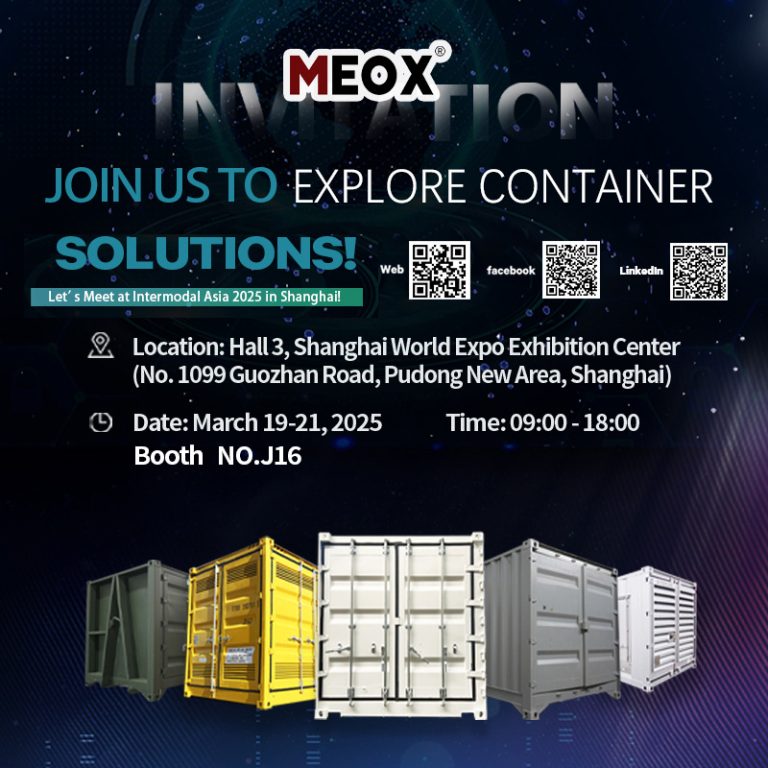Think about living far away where power lines don’t go. How would you charge your devices or run important tools? This is where solar energy solutions become very useful. They provide clean energy and work great in places without power grids.
Small and portable solar energy solutions are now very popular. They assist with things like powering research in faraway areas or running mobile businesses like food trucks. Even campers and hikers use them to stay connected in remote spots. The world’s off-grid solar market shows this rising need. It might grow to $4.5 billion by 2030. Solar power is changing how we think about energy in places without electricity.
Why Mobile Solar System Ideal for Remote Areas?
Picture living in a place far from power lines. In such areas, solar energy becomes very helpful. It gives clean and steady electricity without needing fuel or costly generators. It can power homes, schools, or clinics, ensuring electricity is always available.
Here’s how solar energy is changing lives worldwide:
| Application | Description |
| Solar power for remote homes | Provides clean, reliable electricity to power essential household appliances such as lighting, refrigeration, and communication devices. This system reduces dependency on costly fossil fuels and offers a sustainable energy alternative, enhancing the quality of life in rural communities. |
| Solar power for remote schools | Delivers stable, renewable energy to support educational facilities by powering classrooms, digital learning tools, computers, and lighting systems. By ensuring a consistent power supply, it helps create an optimal learning environment and reduces the risks of disruptions during school hours. |
| Solar power for remote clinics | Offers dependable solar energy solutions that power critical medical equipment including diagnostic devices, refrigeration units for vaccines, and lighting for emergency procedures. This ensures that remote clinics maintain high safety and operational standards, even in areas with unreliable grid access. |
| Solar power for remote businesses | Supplies cost-effective and sustainable energy to support business operations, including powering office equipment, machinery, and communication systems. This reduces the reliance on diesel generators, lowers operating costs, and helps minimize the environmental impact, supporting overall business growth. |

Components of an Off-Grid Solar Energy System
(1)Photovoltaic Panels: The Core of Solar Power
Photovoltaic (PV) panels are the main part of any off-grid solar system. They take sunlight and turn it into electricity, giving you a steady power source. These panels are very durable, losing less than 1% efficiency each year. This means they can work well for many years.
When picking PV panels, focus on how long they last and perform. Studies show that silicon panels work great over time. This makes them a top choice for off-grid systems. Whether you need power for a small cabin or a big building, PV panels provide clean and reliable energy.
(2)Charge Controllers: Managing Energy Flow
Charge controllers are important for controlling the energy flow between solar panels and batteries. They stop batteries from overcharging, which can harm them, and prevent overuse, which can shorten their life. By managing charging, charge controllers keep your system working well for a long time.
Modern charge controllers have advanced features like Maximum Power Point Tracking (MPPT). This helps capture the most energy possible, even in bad weather. They also control energy flow to avoid overheating and battery damage, keeping your system safe and efficient.
(3)Power Inverters: Turning DC into Usable AC
Solar panels and batteries make direct current (DC) electricity, but most devices need alternating current (AC). Power inverters change DC into AC, so your devices can use the electricity.
Inverters are very efficient, often working at over 95% under normal conditions. Their efficiency depends on things like power output and temperature.

Mobile Solar System: Features and Benefits
- Off-Grid Power
Solar energy provides essential power to regions without a power grid. It ensures that remote communities can conduct daily activities efficiently. For example, in areas where transportation is difficult and the conventional grid is unreachable, a single mobile solar container can power homes and businesses. This simple solution enables reliable electricity in the most challenging locations.
- Eco-Friendly Impact
Solar power production reduces harmful emissions. It plays a key role in lowering pollution and mitigating climate change. In a factory setting, prefabricated solar solutions can be installed as plug-and-play systems. This method can reduce local environmental damage by up to 80%. The result is a cleaner and healthier environment.
- Flexible Applications
Solar systems can be tailored to various energy needs. They effectively power both small devices and large buildings. MEOX’s mobile solar container delivers power ranging from 20kW to 200kW. This range meets the demands of industrial facilities, emergency rescue operations, and off-grid communities. The design makes the system adaptable to full-scene energy requirements.
- Reliable Performance
Solar systems work reliably as long as sunlight is available. They continue operating even during stormy conditions.
- Scalable Expansion
Solar installations allow users to begin with a few panels. You can incrementally add more panels as their energy requirements grow. MEOX mobile solar system features 168 high-conversion solar panels. Four workers can deploy these panels into a hundred-meter matrix in just 120 minutes. This scalability meets both immediate and future energy demands.
- Long-Term Savings
Switching to solar energy may seem pricey at first, but it saves money over time. You won’t have monthly power bills, which can cost $1,000–$2,000 yearly. Plus, homes with solar panels often sell more than others.
Government programs make solar setups cheaper. For instance, a 26% federal tax credit can cut installation costs. Going off-grid also protects you from rising power prices and outages.
Think of solar energy as a smart, long-term choice. It’s not just about saving money—it’s about helping the planet and building a better future.

Cases
Here’s how solar energy has solved real-world problems:
Application 1: European Region
In a rugged European area, residents faced isolation from the grid. Local engineers installed high-efficiency solar panels that are built to endure harsh climates. The team set up durable batteries with a large capacity. They integrated an off-grid inverter system to convert the collected solar energy into usable power. The solution led to energy freedom and long-term cost savings.
Application 2: African Region
In an African region, power outages were frequent. The unreliable electricity supply affected daily routines. Local energy providers installed solar panels, batteries, and an off-grid inverter system. This installation stabilized the power supply. It reduced fuel costs and allowed room for energy expansion.
Application 3: Central American Region
In a Central American area, high grid connection costs were a major issue. The community faced constant energy needs. Local specialists deployed advanced solar panels designed for constant energy demands. The project team customized the system to be both affordable and environmentally friendly.
FAQ
Q: Does the mobile solar system require foundation pretreatment?
A: The mobile solar system comes standard with self-adaptive leveling legs. It can be deployed directly on ordinary hardened ground.
Q: Is it compatible with current charging pile devices?
A: The system supports interface modifications. It offers customized adapter solutions to integrate with existing charging equipment.
Q: Can it be connected to current photovoltaic arrays?
A: It supports third-party photovoltaic connections. However, the inverter communication protocol must be provided.
Q: Is future expansion complex?
A: The design adopts a modular architecture. Additional mobile solar containers can be paralleled directly without shutting down the existing system.
Q: How is safety guaranteed during extreme weather?
A: The mobile solar container is certified against typhoons and lightning. It is equipped with automatic power-off protection and a drainage design.





